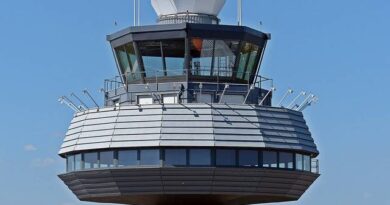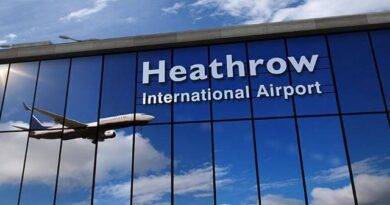ICAO, EASA, Eurocontrol, FAA: What are they and what do they do?
The smooth operation of global air travel isn’t just about skilled pilots and airlines. Several key organizations play a vital role behind the scenes, establishing standards, regulations, and ensuring efficient airspace management. Let’s delve deeper into the functions and responsibilities of four prominent players:
ICAO, EASA, Eurocontrol, and the FAA are all important organizations in the world of aviation. They play different roles, but they all work together to ensure the safety and efficiency of global air travel.
International Civil Aviation Organization (ICAO):
- Function: Established in 1947, ICAO is a specialized agency of the United Nations responsible for setting global standards and recommended practices (SARPs) for civil aviation. These SARPs encompass various crucial aspects, including:
- Safety: Establishing procedures and guidelines to minimize aviation accidents and incidents.
- Security: Implementing measures to deter and prevent acts of unlawful interference against civil aviation.
- Navigation: Defining air traffic management (ATM) procedures and ensuring compatibility of navigation systems used worldwide.
- Environmental protection: Addressing the environmental impact of aviation and promoting sustainable practices.
- Activities: ICAO doesn’t directly enforce regulations. Instead, it fosters cooperation among member states and encourages them to adopt and implement the established SARPs into their national aviation regulations. It also convenes international conferences and workshops to facilitate collaboration and address emerging challenges in the aviation industry.
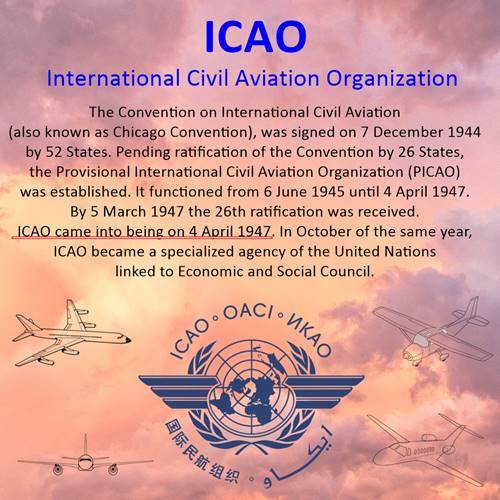
European Union Aviation Safety Agency (EASA):
- Function: Established in 2002, EASA serves as the aviation safety regulator for the European Union (EU). Its primary responsibilities include:
- Developing and enforcing safety regulations: These regulations cover various aspects, including aircraft design, operation, maintenance, and personnel licensing.
- Aircraft and organization certification: EASA rigorously assesses aircraft designs and certifies them for operation within the EU. Additionally, it approves organizations involved in aircraft design, production, and maintenance to ensure they meet the established safety standards.
- Focus: EASA’s primary focus is harmonizing safety standards across the EU member states. This ensures a consistent level of safety across the region and facilitates the seamless movement of air traffic within the EU airspace.
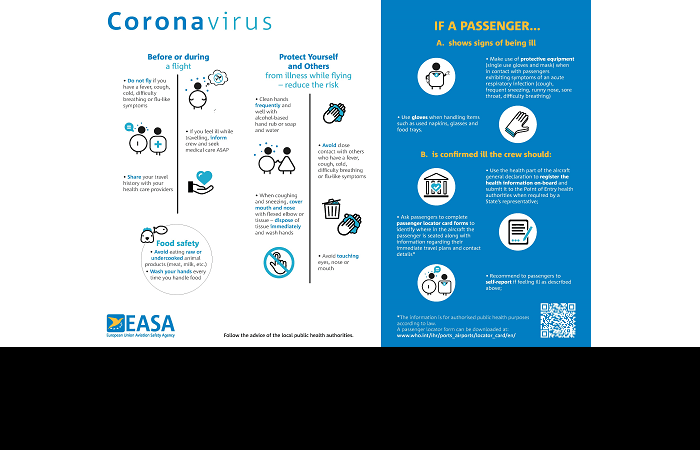
Eurocontrol:
- Function: Established in 1960, Eurocontrol is an intergovernmental organization focused on air traffic management (ATM) across Europe. It serves two primary functions:
- Developing and implementing new technologies and procedures: This includes initiatives like airspace design optimization, advanced air traffic control systems, and collaborative decision-making tools to improve air traffic flow, reduce congestion, and enhance the overall efficiency and safety of the European airspace.
- Providing air traffic control services: Eurocontrol provides air traffic control services in upper airspace (specific flight level varies depending on the region) for its member states. This ensures the safe and efficient movement of high-altitude air traffic across Europe.
- Collaboration: Eurocontrol works closely with national air navigation service providers (ANSPs) within its member states to achieve its objectives. It also fosters cooperation with other international organizations like ICAO to ensure global harmonization of ATM practices.
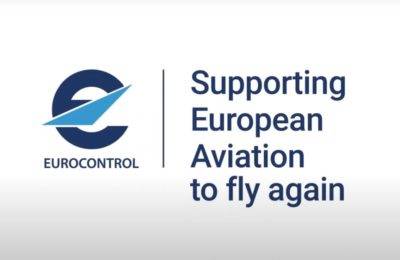
Federal Aviation Administration (FAA):
- Function: Established in 1958, the FAA acts as the government agency responsible for regulating civil aviation in the United States. Its key responsibilities encompass:
- Setting and enforcing safety regulations: Similar to EASA, the FAA establishes regulations covering numerous aspects of aviation safety, including aircraft design, operation, maintenance, and personnel licensing.
- Certification: The FAA certifies aircraft, pilots, air traffic controllers, and maintenance technicians to ensure they meet the established safety standards and are qualified to perform their respective duties.
- Scope: The FAA’s authority is limited to civil aviation within the United States and its territories. However, it also collaborates with international organizations like ICAO and other national aviation authorities to promote international aviation safety and harmonization of regulations.
How ICAO, EASA, Eurocontrol, and the FAA work together
ICAO, EASA, Eurocontrol, and the FAA all work together to ensure the safety and efficiency of global air travel. For example, ICAO develops international standards for aviation safety, and EASA and the FAA adopt and implement these standards in their respective jurisdictions. Eurocontrol also works with ICAO and the FAA to develop and implement new air traffic management technologies and procedures.
In addition, ICAO, EASA, Eurocontrol, and the FAA all share information and expertise with each other. This helps to ensure that all of these organizations are up-to-date on the latest safety developments and that they are able to work together to address any safety challenges that arise.
References and Further Reading:
- International Civil Aviation Organization (ICAO): https://www.icao.int/
- European Union Aviation Safety Agency (EASA): https://www.easa.europa.eu/en
- Eurocontrol: https://www.eurocontrol.int/about-us
- Federal Aviation Administration (FAA): https://www.faa.gov/
- ICAO SARPs: https://www.icao.int/safety/SafetyManagement/Pages/SARPs.aspx
- EASA Regulations: https://www.easa.europa.eu/en/regulations
- Eurocontrol ATM Strategy: https://www.eurocontrol.int/archive_download/all/node/11957
- FAA Safety Regulations: https://www.ecfr.gov/current/title-14
